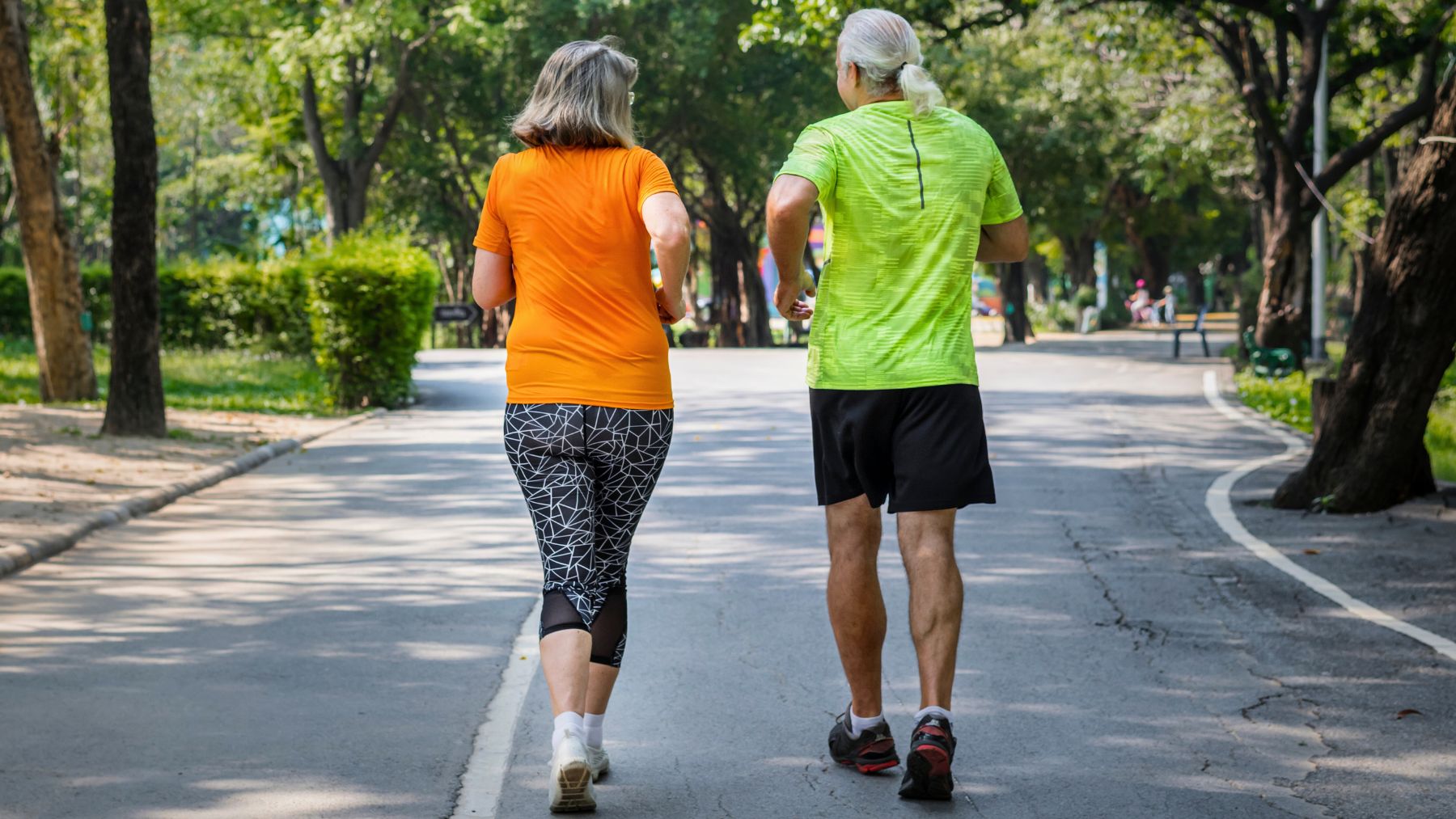You might expect swimming or cycling to top the list for gentle exercise after 65, especially when dealing with sensitive knees or hips. However, there is another contender that is incredibly effective, accessible, and kind to your joints: walking. This simple activity is one you can begin almost anywhere without the need for any specialized equipment.
Consistent walking delivers many benefits for joint health and your overall fitness. Here, we’ll explore why walking can be a good exercise for those battling joint discomfort and share practical strategies—from gradual progressions to expert tips—to make it a sustainable part of your daily routine.
Walking, the top low-impact workout for joint issues
Walking is effective for addressing joint troubles because it’s low-impact. Your feet meet the ground gently, absorbing shock far more efficiently than running, and reducing strain on sensitive joints. This steady, rhythmic movement nourishes the cartilage in your knees and hips by stimulating synovial fluid production to keep them well lubricated.
It also strengthens the muscles surrounding these joints. Stronger quadriceps, hamstrings, and calves provide better support and diminish joint stress. Unlike static exercises or high-impact workouts, walking improves functional mobility, the kind you use every day when balancing, standing up, or climbing steps.
In addition, regular walking aids in weight management by lessening the direct pressure on weight-bearing joints and promotes enhanced circulation that can help reduce inflammation associated with arthritis.
Making walking a habit after 65
Embarking on a walking routine at this stage is about being smart and consistent rather than pushing too hard. It is best to integrate walking gradually into your life for long-lasting results. You can follow these tips:
- Start smaller than you think: Aim for only 5 or 10 minutes of walking each day initially. This manageable approach builds confidence and establishes the habit more effectively than immediately committing to long walks.
- Choose supportive footwear: Visit a specialty store offering a selection of walking or running shoes with expertly fitted cushioning and proper arch support.
- Find your surface: Opt for softer, flatter paths such as running tracks, paved trails, or a quiet neighborhood sidewalk. Avoid steep hills or uneven terrain at first to minimize stress on your joints.
- Listen to your body: Some initial stiffness is normal; however, sharp pain is not. Stop if you experience any intense joint pain, and remember that skipping a day when your joints feel particularly sore is completely acceptable.
- Focus on form: Stand tall and keep your gaze forward rather than down. Let your arms swing naturally and take comfortable strides without overreaching.
- Make it social (optional but helpful): Walk with a friend, family member, or join a local seniors’ walking group. Engaging in conversation not only makes the time fly but also adds accountability and social support.
- Track progress: Record your minutes or distance rather than your speed. Observing how your daily 10 minutes can naturally evolve into 15 or 20 minutes over several weeks can be very motivating.
- Schedule it: Choose a consistent time—morning, after lunch, or before dinner—that best fits your schedule to establish a dependable habit.
- Warm up/cool down: Start with a gentle 2-3 minute stroll to gradually loosen your muscles, and conclude with light stretching for your calves, thighs, and hamstrings while holding onto a stable support.
- Talk to your doctor first: This step is especially important if you have pre-existing joint issues. Obtain medical clearance and discuss any specific limitations with your healthcare provider to ensure that your walking routine is safe and effective.
Building a sustainable walking routine relies on gradual, consistent progress. Celebrate your commitment to showing up day by day, and allow longer walks to develop naturally as your strength and endurance improve.
